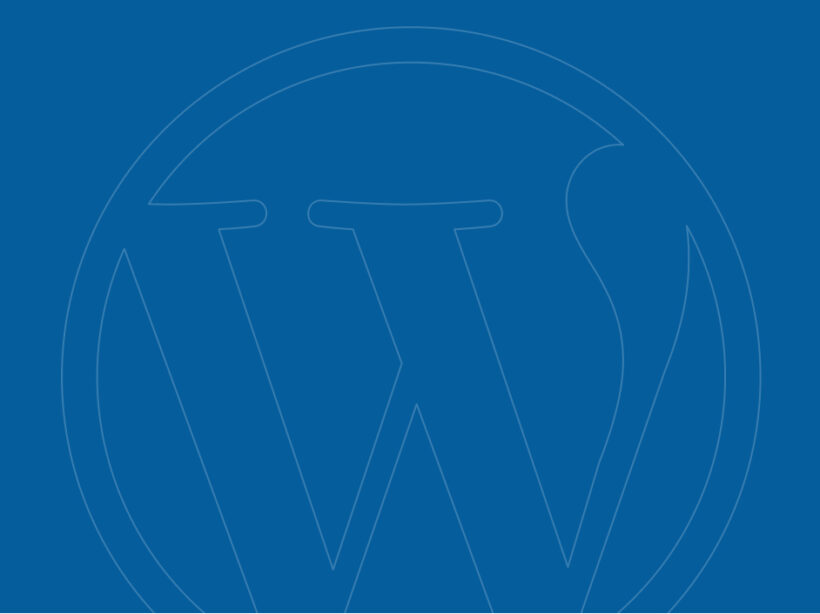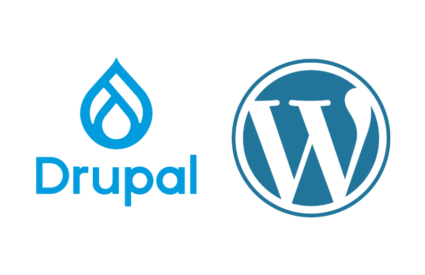What is WordPress Multisite?
WordPress Multisite is a configuration that allows multiple WordPress sites to be bundled together into one instance. (And for those who don’t know, a ‘configuration’ refers to the setup and arrangement of settings within a WordPress website. Apologies if I already lost you there!) It shares the same code base and databases, which means that administrators need only one sole login to manage multiple sites — and only one login URL (this is similar to how Drupal’s Domain Access works. Here’s how we used it with a Drupal client).
Configurations like Multisite have become very popular, so we thought we’d write a post that explores the two most common use cases, how we’ve used it for one of our clients, and a few pros and cons to consider as well.
Use cases: functionality and branding
With a diverse range of features like network-wide plugin and theme management, Multisite is a viable option for anyone looking to streamline website administration and reduce overhead costs. For the sake of this post, let’s look at a couple of use cases where it’s particularly helpful:
- For managing multiple sites with similar functionality. Plugins can be shared across the subsites — and if there’s custom code, it can easily be accessible. IOCDF (https://iocdf.org) has a Resource Directory that can be shared across its different child sites.
- To maintain consistent branding. I would argue that this is its strongest use case — for clients who need to launch multiple websites that share the same branding. In fact, this is the reason we implemented Multisite for our client First Tee when we built them a new WordPress site. I encourage you to check out the full case study here.
WordPress Multisite: the pros…
- A shared codebase makes it easier to update themes and plugins. Rather than having to do it across multiple sites, you only have to do it once.
- Thanks to the shared codebase, only one sole backup is needed, rather than multiple backups per site.
- Plugins for syndication allow for content to be shared across multiple sites in the network.
- Administrators only need one login. For many admins, this is reason #1 to seriously consider Multisite.
…and the cons.
- If there are too many sites within the network (e.g.: 1000 or more), it can cause database bloat and slow down your server.
- If one aspect in a theme is updated, it can potentially cause regressions across sites in the network that share the same theme.
- WordPress Multisite requires a ‘Super Admin’ or Network Administrator to effectively manage the network and its sites. The Super Admin has the highest level of administrative control, with the authority to manage sites, install plugins and themes, and grant or restrict permissions across the network. This can sometimes be confusing for regular administrators who may not understand why their permissions are limited.
- Not all plugins are compatible with a multisite setup. Also, certain premium plugins may require a license per subsite — the cost of which can quickly add up.
- Hosting costs can sometimes increase with Multisite, as the network could potentially use more resources.
Where to find more info
The WordPress Handbook is a great resource to learn more. Hosting providers like WPEngine and Pantheon can provide helpful information as well.
Need more help? Our team of seasoned WordPress developers has experience implementing Multisite for our clients, including not only First Tee but also the Children’s Organ Transplant Association, the International OCD Foundation, and others. Whether you’re considering a switch to WordPress or you’re just looking to get more from your existing site, we’d be happy to discuss your options. All you need to do is drop us a line.








